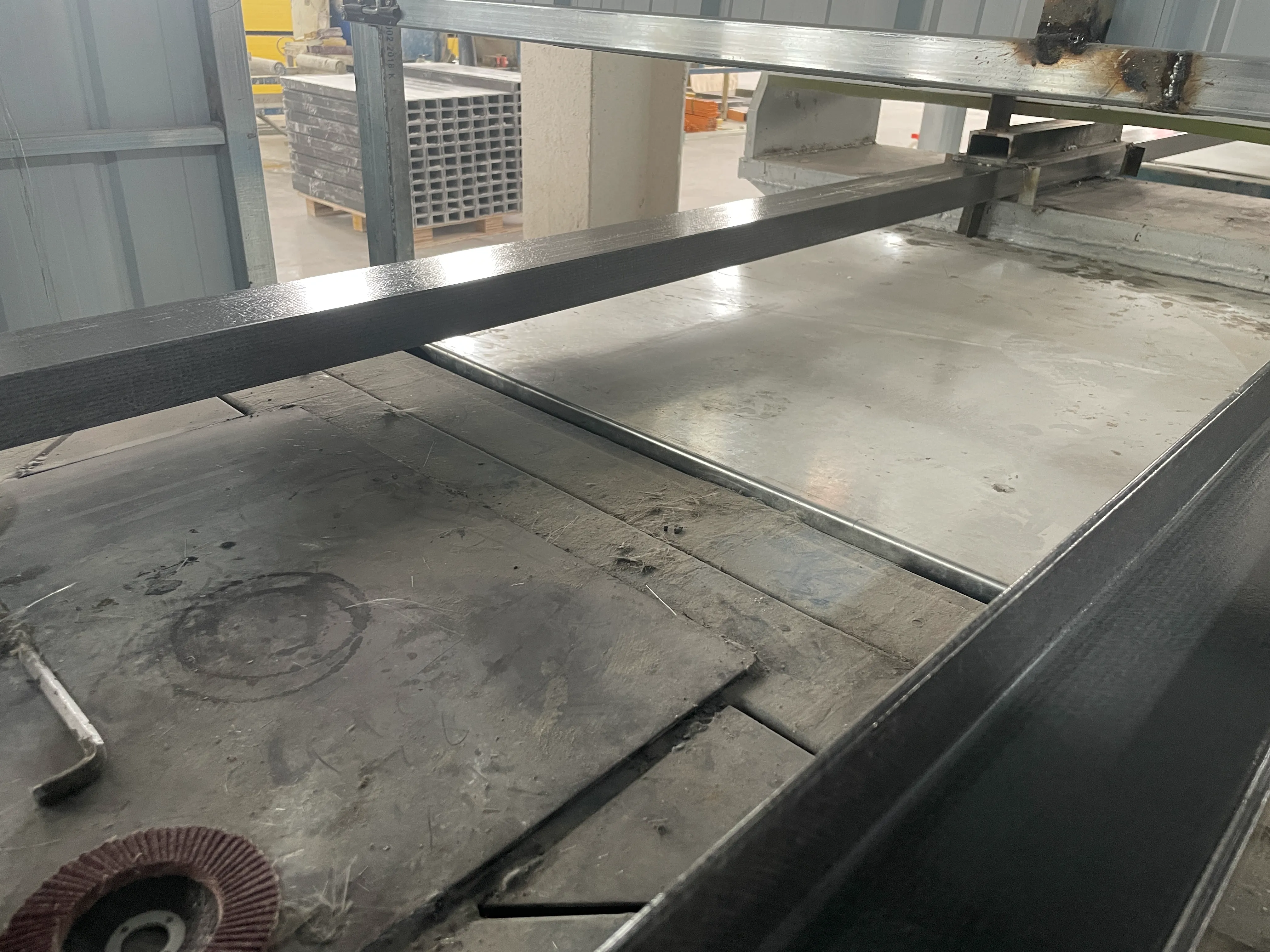loading...
- No. 9, Xingyuan South Street, Dongwaihuan Road, Zaoqiang County, Hengshui, Hebei, China
- admin@zjcomposites.com
- +86 15097380338
- Welcome to visit our website!
FRP Safety Regulations and Guidelines for Performance Enhancement
Understanding FRP Guardrails Enhancing Safety and Durability in Infrastructure
In the realm of civil engineering and infrastructure development, safety and durability are of paramount importance. One innovation that has gained attention in recent years is the use of Fiber Reinforced Polymer (FRP) guardrails. These advanced materials offer unique advantages over traditional guardrail systems, making them an attractive option for various applications.
What is FRP?
Fiber Reinforced Polymer (FRP) is a composite material made from a polymer matrix reinforced with fibers, typically glass, carbon, or aramid. This combination results in a material that exhibits remarkable strength-to-weight ratios, high resistance to corrosion, and exceptional durability under various environmental conditions. The lightweight nature of FRP makes it easier to handle and install compared to conventional materials like steel or concrete.
The Benefits of FRP Guardrails
1. Corrosion Resistance One of the most significant advantages of FRP guardrails is their resistance to corrosion. Unlike metal guardrails, which can deteriorate over time due to exposure to moisture, salt, and other environmental factors, FRP materials remain intact even in harsh conditions. This longevity reduces the need for frequent maintenance and replacement, ultimately leading to cost savings for municipalities and contractors.
2. Lightweight and Easy to Install The lighter weight of FRP guardrails allows for simpler transportation and installation processes. This can significantly reduce labor costs and installation time, making them an attractive option for contractors looking to complete projects efficiently. Moreover, the ease of installation can also lead to reduced disruption for the public in busy areas.
3. High Strength and Impact Resistance FRP materials possess extraordinary strength and can withstand substantial impact forces. This is particularly valuable in environments where guardrails may be subjected to collisions from vehicles or other objects. The ability to absorb and distribute impact forces can enhance the overall safety of roadways and pedestrian pathways.
frp guardrail

4. Design Flexibility FRP guardrails can be manufactured in various shapes, colors, and sizes, allowing for greater design flexibility. This adaptability ensures that guardrails can seamlessly integrate into the surrounding environment, improving aesthetic appeal without compromising safety. Designers can choose to create bespoke solutions tailored to specific project needs.
5. Environmental Considerations As sustainability becomes increasingly critical in construction practices, FRP guardrails present an eco-friendly alternative. Many FRP materials are recyclable, and their long lifespan reduces the frequency of replacements, leading to less waste compared to traditional materials.
Applications of FRP Guardrails
FRP guardrails find applications in various settings, including highways, bridges, parks, and urban developments. In settings where aesthetics matter, like pedestrian walkways and recreational areas, their design flexibility allows for creative solutions that enhance the user experience without sacrificing safety.
Additionally, in regions prone to harsh weather conditions, such as coastal areas where saltwater exposure is a concern, FRP guardrails serve as an ideal choice. Their resistance to moisture and chemical degradation ensures a longer lifespan, making them a wise investment for infrastructure projects in challenging environments.
Conclusion
The incorporation of Fiber Reinforced Polymer (FRP) guardrails in modern infrastructure is revolutionizing safety standards while addressing the need for durable, lightweight, and eco-friendly materials. The advantages of reduced maintenance, enhanced strength, and design flexibility make FRP guardrails a compelling choice for engineers, architects, and municipal planners alike. As the demand for innovative safety solutions continues to grow, FRP guardrails stand out as a forward-thinking option that meets the challenges of current and future infrastructure needs. By prioritizing safety and sustainability, we pave the way for a safer, more resilient built environment.
-
The Rise of FRP Profiles: Strong, Lightweight, and Built to LastNewsJul.14,2025
-
SMC Panel Tanks: A Modern Water Storage Solution for All EnvironmentsNewsJul.14,2025
-
GRP Grating: A Modern Solution for Safe and Durable Access SystemsNewsJul.14,2025
-
Galvanized Steel Water Tanks: Durable, Reliable, and Ready for UseNewsJul.14,2025
-
FRP Mini Mesh Grating: The Safer, Smarter Flooring SolutionNewsJul.14,2025
-
Exploring FRP Vessels: Durable Solutions for Modern Fluid HandlingNewsJul.14,2025
-
GRP Structures: The Future of Lightweight, High-Performance EngineeringNewsJun.20,2025
